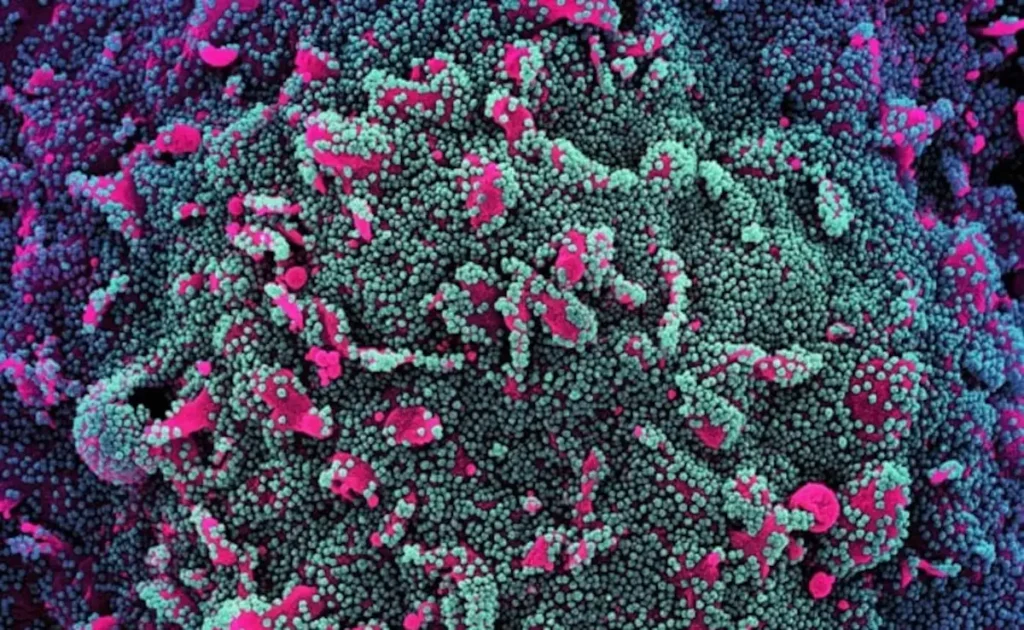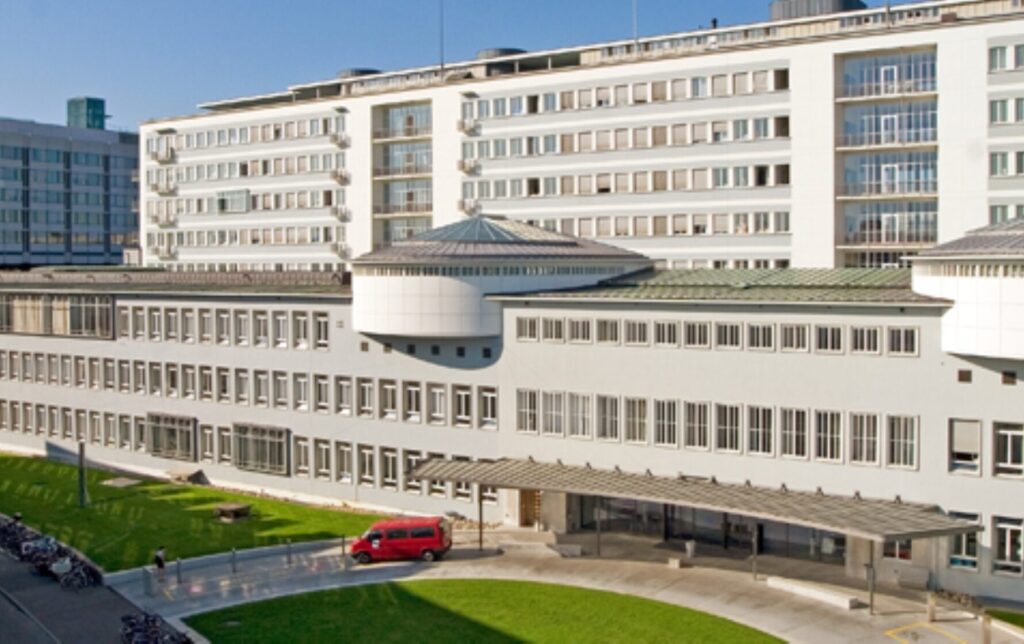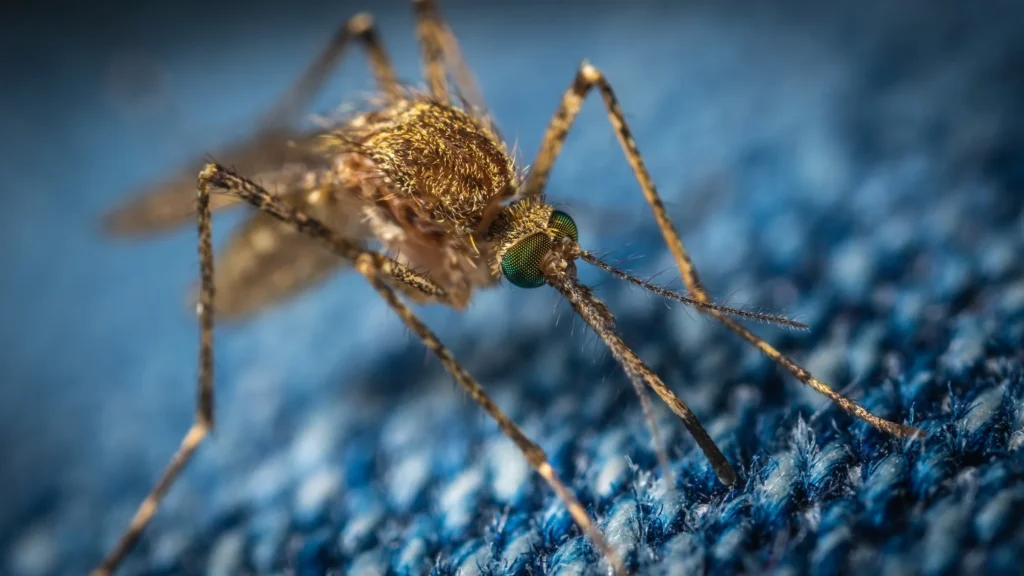A new strain of SARS-CoV-2, the virus that caused the coronavirus pandemic four years ago, has been detected in dozens of countries.
The JN.1 was classified as a “variant of interest” by the World Health Organization (WHO) on Tuesday. The variation has spread to 41 nations after being discovered for the first time in September in the United States.
Public health organizations worldwide are currently keeping a careful eye on the new strain because of its higher rate of transmission.
What is known about the strain and its present risk is provided below.
What is the new COVID-19 strain JN.1?
The new coronavirus strain, JN.1, has arisen from the most recent variant before it, named BA 2.86. The latter is itself part of the lineage of the “Omicron” variant – a more severe strain of COVID-19 that peaked last year.
Every virus has distinct “spike proteins” that allow it to enter cells and produce specific symptoms. A new “variant” of the virus has emerged as a result of additional modifications, or “mutations,” in the DNA sequence of those spikes.
Variants may vary in how severe they are, how easily they spread, and how well they respond to various symptom therapies.
“The new variant exhibits a greater genetic divergence from its predecessors, signifying an ongoing evolution of the virus,” said Laith Abu-Raddad, professor of healthcare policy and research, at Weill Cornell Medicine in Qatar.
While BA 2.86 has 20 mutations in its spike proteins, JN.1 has 21. The Centers for Disease Control and Prevention (CDC) in the United States have named this additional mutation L455S and said it may be helping the virus to evade responses from our immune systems.
Having contracted COVID-19 or receiving vaccinations usually makes the antibodies produced by the immune system capable of warding off the virus in the event of reexposure.
JN.1 has been found where?
September marked the discovery of JN.1, one month after the US saw the detection of its parent variation, BA 2.86. Based on 7,344 sequences that were given to the WHO, they revealed on Monday that it had since spread to 41 nations.
To find novel strains, viral sequences from PCR tests are routinely analyzed.
JN.1 was responsible for less than 0.1 percent of coronavirus transmissions in the United States during the first month or so. Nonetheless, the CDC estimates that as of December 8, it accounts for 15–29% of COVID cases.
The FDA did point out that the coronavirus has a tendency to peak around the start of the new year.
According to WHO, there are also a lot of cases in France, Singapore, Canada, the United Kingdom, and Sweden. Seven instances were also found in China last week.
JN.1 was also discovered in the Indian state of Kerala early in December. A female patient, aged 79, experienced mild symptoms resembling influenza but has since recovered.
The health minister of neighboring Karnataka state mandated mask use on Monday for anyone over 60 and those with respiratory or cardiac conditions. 21 JN.1 virus cases have been reported from India thus far.
Is JN.1 A Cause for Concern?
When compared to other variants, the CDC has not discovered any indication that JN.1 offers a greater risk to public health. Experts speculate that the increase in instances could be related to wintertime weather and patterns.
For example, when individuals spend more time indoors, infections can spread more quickly throughout the world. According to Abu-Raddad, “the need for heating frequently results in reduced ventilation in homes, presenting an environment conducive to increased virus transmission.”
Similar symptoms to COVID-19 are anticipated, and as a precaution, pandemic-era practices including mask wear and social separation have been recommended.
According to Abu-Raddad, “there may be an increase in infections, but the vast majority of cases are not anticipated to be severe.”
Regarding JN.1, What has the WHO Stated?
Additionally, the WHO stated on Tuesday that the risk’s severity is presently assessed as low and would be updated as necessary. Because of the recent increase in cases, its growth advantage has been categorized as “high.”
The organization reported that as winter approaches in the northern hemisphere, cases of influenza and other respiratory illnesses are also increasing, and that the spread of JN.1 might put additional strain on medical institutions.
The WHO’s technical lead for COVID-19, Maria Van Kerkhove, said in a public statement that the agency has asked member states to closely monitor coronavirus cases and share data on samples when available so that they can better assess circulation and “potentially modify what we are advising to the world”.
According to WHO, vaccinations will also continue to shield against the variant’s serious side effects.
What JN.1 symptoms are present?
Similar to other COVID-19 variations, a person’s immunity and general health will determine how they react to the virus, according to the CDC.
Fever or chills, coughing, exhaustion, and bodily aches are typical symptoms.



